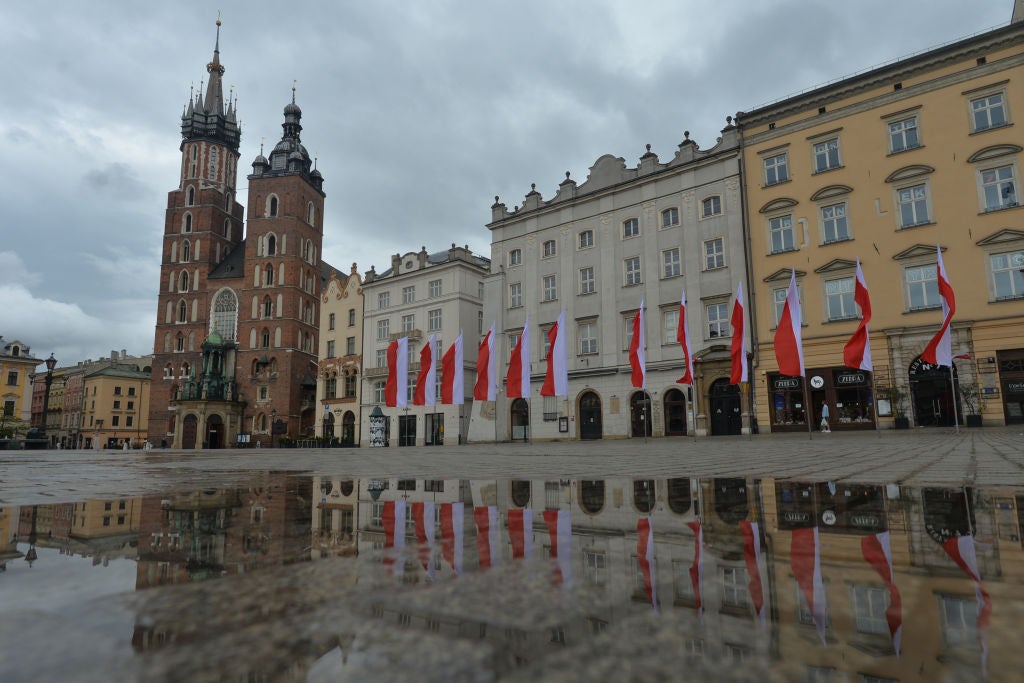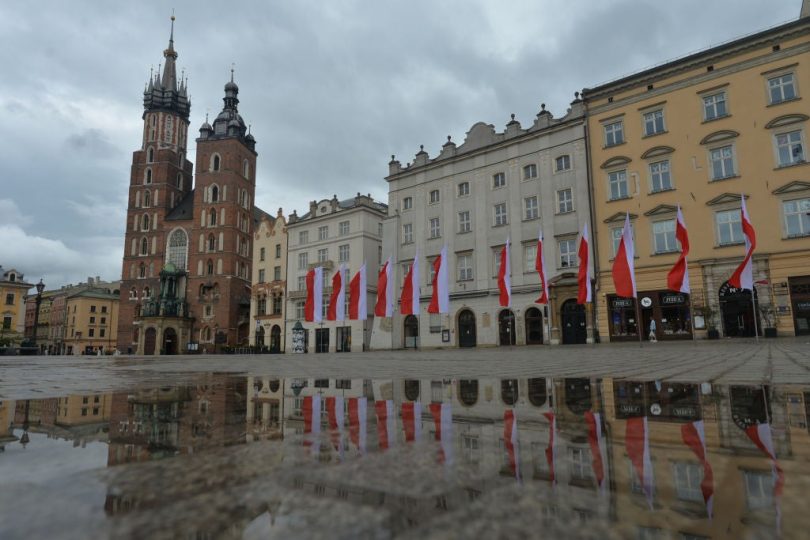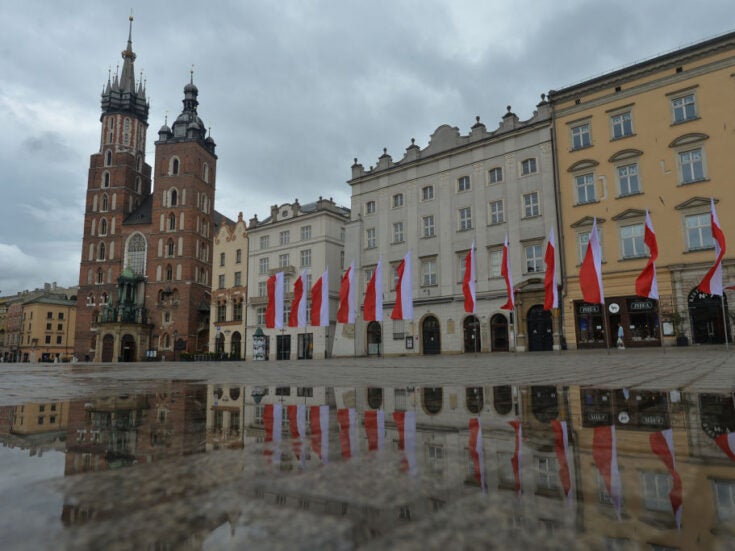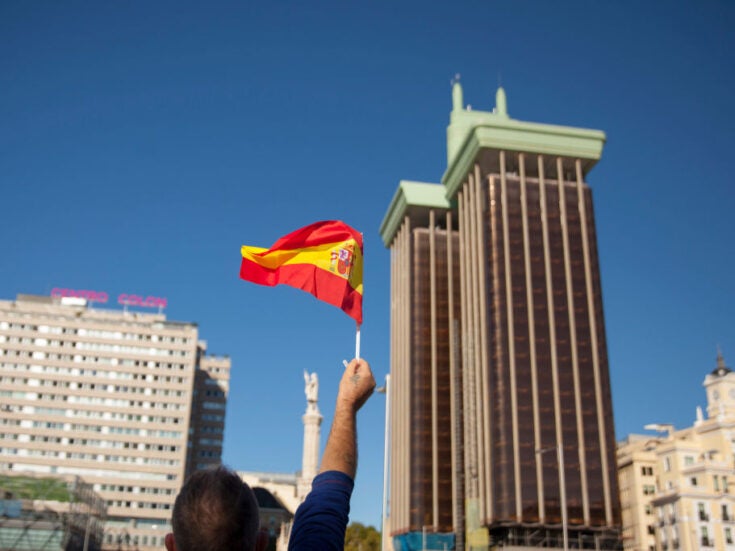[ad_1]

Poland’s ten largest cities are Warsaw, Kraków, Łódź, Wrocław, Poznań, Gdańsk, Szczecin, Bydgoszcz, Lublin and Białystok. Here we profile each of them and look at the sectors in which they excel.
1. Warsaw
Population: 1.79 million
Warsaw is Poland’s capital city and it is located in the centre-east of the country. Arguably the most economically important city in the whole of the central and eastern Europe region, Warsaw has become a hub for foreign direct investment in the decades since the Iron Curtain fell in 1989. As befitting any major city, Poland’s capital is a hub for tourism and education, while many of its citizens are employed in its government offices. In the Soviet era, Warsaw had a reputation for being a city of heavy industry, but now it is better known for excelling in high-tech, electronics, chemicals, cosmetics, construction, film and media, food processing, printing, metallurgy, machinery and retail.
2. Kraków
Population: 780,000
Kraków is located in the south of Poland, about 50km from the border with Slovakia. The city is dotted with landmarks, which have made it a hub for tourism within Poland, as well as being a popular destination for students. Its economy has transitioned towards business services in recent decades, although traditional sectors such as manufacturing, steel and tobacco are still important to the city. High-tech sectors such as life sciences are also on the rise in Kraków as the city’s start-up scene grows.
3. Łódź
Population: 672,000
Lódz is situated right in the centre of Poland, where the two major roads of the country – the east-west E30 and the north-south E75 – meet. As such, the city (which lies 140km from capital city Warsaw) is a logistics hub. However, Lódz has many industrial strengths. It was built around the textiles industry, but in recent years has become a hub for advanced technologies, white goods and business process outsourcing. The city is also making a concerted effort to become an AI knowledge centre.
4. Wrocław
Population: 642,000
An equal distance from Warsaw and the Czech capital of Prague, Wrocław in south-west Poland is known as the ‘city of bridges’. This picturesque backdrop makes the city a tourism hub, but it is also a favourite among students too. Economically, Wrocław’s economy is split between manufacturing and the services sectors. For the former, the city specialises in automotives, white goods, mechanical engineering, and chemical and pharmaceutical production. When it comes to services, Wrocław excels in IT services, e-commerce, business process outsourcing, and Poznań is located in western Poland, on the E30 road that connects Warsaw with the German capital of Berlin. Although it is Poland’s fifth-largest city by population, it boasts the country’s second-largest economy. It is noted for its universities and the impressive stream of mathematics graduates it has produced stretching back many decades. Poznań’s economy is based on advanced production, the manufacturing of automotives, food and pharmaceuticals, and more recently it has branched out into business process outsourcing, IT and research and development (R&D).
5. Poznań
Population: 532,000
Poznań is located in western Poland, on the E30 road that connects Warsaw with the German capital of Berlin. Although it is Poland’s fifth-largest city by population, it boasts the country’s second-largest economy. It is noted for its universities and the impressive stream of mathematics graduates it has produced stretching back many decades. Poznań’s economy is based on advanced production, the manufacturing of automotives, food and pharmaceuticals, and more recently it has branched out into business process outsourcing, IT and R&D.
6. Gdańsk
Population: 472,000
Gdańsk is one of three cities that make up the Tricity metropolitan area, along with Gdynia and Sopot. Located on Poland’s northern coast on the Baltic Sea, they have a combined population of approximately 1.5 million. Gdańsk became internationally known in the 1970s and 1980s when its striking shipyard workers (along with those in Szczecin) took action that would help bring about Poland’s independence from the Soviet Union, and the city’s port still plays a big role in its economy through the shipbuilding industry. This economy has diversified since Soviet times, however, and Gdańsk now holds strengths in fields such as automotives, chemical and food processing, electronics, telecommunications, IT engineering, pharmaceuticals and renewable energy. The Tricity region is also a popular tourism destination.
7. Szczecin
Population: 398,000
Szczecin is located in north-west Poland, close to the German border, the Baltic Sea, and about 150km from Berlin. It is a major seaport and a key university city in Poland, with numerous educational institutions specialising in the sciences and arts. It is also known as an important industrial centre in the country, with sectors such as warehousing, business process outsourcing, shared service centres, ICT, the marine industry, biotechnology and healthtech.
8. Bydgoszcz
Population: 347,000
Bydgoszcz lies in northern Poland, between Poznań and Gdańsk, and it has emerged in recent years as a central and eastern European hub for the finance and insurance industries. It hosts the headquarters of Bank Pocztowy and is also home to more than 70 financial services companies. It also excels in chemical production and IT, and is a major cultural centre within Poland.
9. Lublin
Population: 340,000
Lublin is located in eastern Poland, midway between Warsaw and the Ukrainian border. It has been popular with foreign investors in recent years due to its reputation for cost-effectiveness, which has seen it attract IT and automotive companies, as well as those in the services industry. More recently it has seen investment from energy companies such as Polska Grupa Energetyczna and retail giants such as Carrefour.
10. Białystok
Population: 298,000
Białystok in north-eastern Poland lies roughly 50km from the Belarus border. Its industrial strengths have historically been based around light industry, but in more recent years it has emerged as a national hub for food processing, beverages, electrical engineering, the developed machine industry, plastic processing, textiles and wood processing.
Katowice ranks 11th in population size among Poland’s cities, but its metropolitan area covers about 2.7 million people. The city, in the south of Poland close to the Slovakian border, was historically one of the country’s key mining centres but in recent years has become known for services, IT and tourism, while also producing a high number of university graduates.
All population figures are based on Central Statistical Office of Poland figures for January 2021.
See also: Investment Monitor‘s ‘Future of Polish Cities’ coverage, profiling Warsaw, Kraków, Łódź, Wrocław, Poznań, Gdańsk and Katowice.
[ad_2]
Source link










